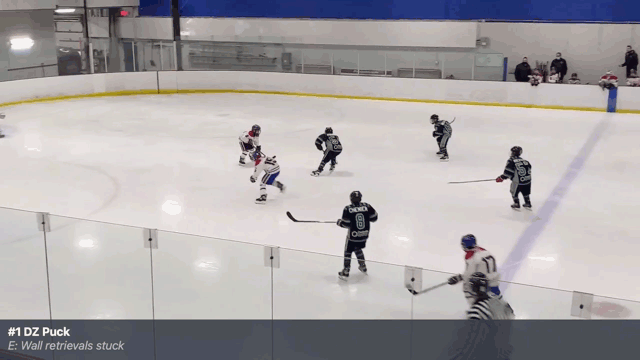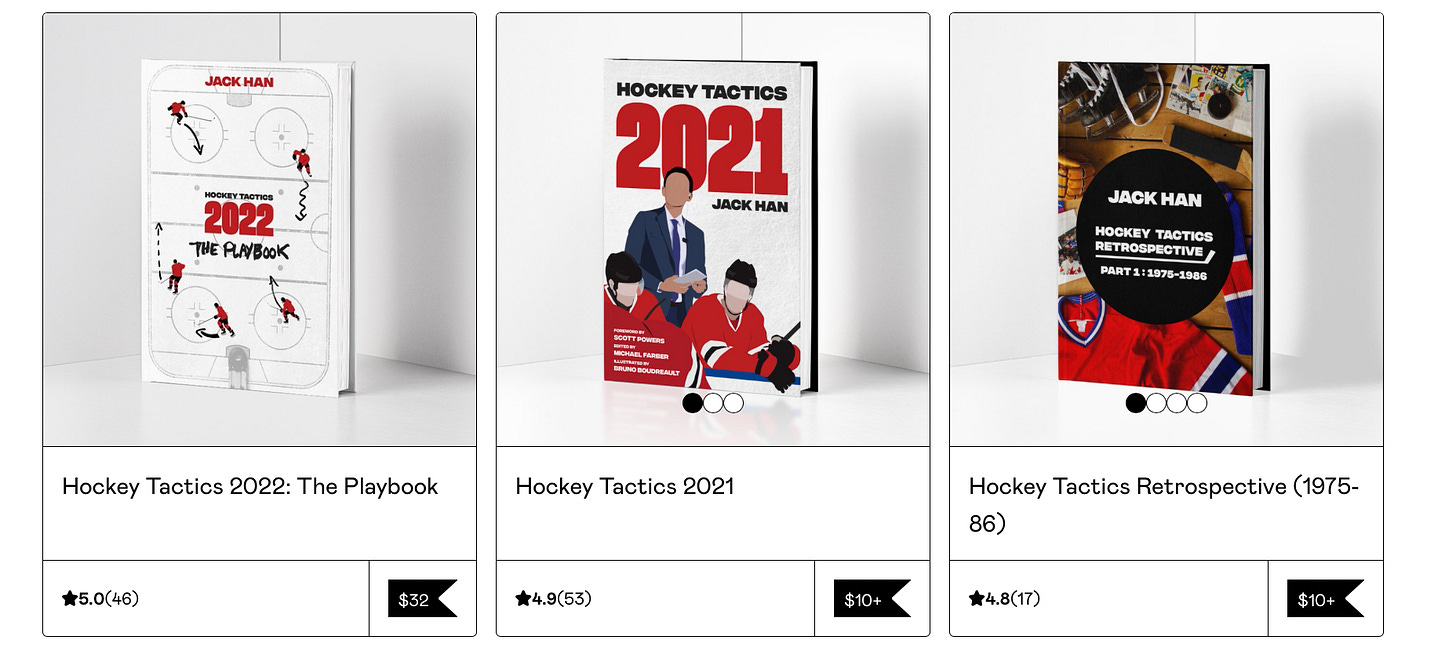Note: I originally published this article in April 2022. Elias Pettersson followed up a subpar 2021-22 season with two excellent campaigns, but now finds himself in the midst of trade rumours. What’s changed and what’s stayed the same? Read on and decide for yourself.
First things first: Elias Pettersson is a very, very good hockey player.
But how does the Vancouver Canucks center stack up against the NHL’s elite?
Different hockey model(ers) hold different opinions.

206 points in 234 NHL regular-season games is all-star points production, to be sure.
However, Pettersson ability to drive play for VAN shift-in, shift-out remains relatively tame compared to other top centers.
EvolvingWild’s model has EP40 as a roughly average 5v5 possession player (see viz above) with good powerplay impacts. A solid top-six forward but not a world-beater.
Micah Blake McCurdy’s HockeyViz model is more bullish on Pettersson’s shot suppression, but has consistently downgraded the Swede’s finishing ability since his rookie season (from top-5 in the world in 2019 to below-average this season).
What’s going on?
Hold that thought for a second, because there is someone I want you to meet.
“Little Elias”
The player below is a 12 year old playing minor hockey in the Montreal area.
He is a terrific kid and a precocious athlete.
Yet before getting on the ice with him for the first time, I’m concerned.
In open ice, #15 shows a knack for changing speed and direction.
Even though his weight distribution is not ideal (on the heel of his outside foot), he is light enough to reverse his momentum at will and deke past helpless opponents.
Little E is having a great time making plays and scoring goals at his current level, but this fundamentally unsound movement pattern will likely hold him back as he grows taller and heavier.
In fact, it already does.
By having his weight stacked on his outside foot when turning near the boards, Little E is unable to escape pressure and get off the wall.
Just when he needs a burst of speed to evade contact, his outside foot’s inside edge digs into the ice, causing him to become stuck in place.
But not all is lost.
In fact it’s not too difficult for a motivated pre-teen to learn how to move more athletically.
A good example to follow is that of New Jersey Devils center Jack Hughes (NJD86).
Despite being undersized, Hughes does a great job extending possession along the boards. By having his weight loaded on his inside leg, Hughes can evade pressure, absorb contact and get off the wall quickly.
Little E is hard at work on implementing these details as you read these words. Maybe we’ll see him on TV one day?
Back to EP40
What about Elias Pettersson’s ability to carry under pressure?
It’s not good.
In fact it’s closer to that of the 12 year old than that of Hughes.
In traffic, Pettersson (VAN40) steels himself against contact by digging into his inside edges and ever-so-slightly falling back toward his heels.
There are two likely outcomes: either he gets stuck and has to make the puck someone else’s problem, or he is out-muscled and pushed off, sometimes right onto the ice.
Watch him fall backwards after being shoved by CBJ2 (0:44 of the first period vs. Columbus).
Pettersson falls not because he is not ready for impact, but rather because he overcompensates by leaning back and bracing instead of staying neutral and flowing with the hit.
A note of caution: in this instance it is far better to fall backwards than get thrown head-first into the boards, so Pettersson makes a pretty good split-second decision all things considered.
Yet, a similarly light player such as Hughes or Patrick Kane would have taken CBJ2’s hit, stayed on the middle of their blades instead of falling back and actually gotten a speed boost out of the physical encounter.
The Conundrum
At 6’2” 176lbs according to Elite Prospects, Pettersson is extremely light and thin by NHL standards.
The most obvious solution to getting pushed around and taken down is for him to bulk up and play closer to 190lbs, but that would also be exactly the wrong first step to take.
Stacking more weight, even if it is pure muscle, onto a flawed foundation will only slow Pettersson down. Not only could he be more sluggish sprinting in straight lines, but he’ll dig even deeper into the ice with his outside heel when trying to cross over, cut back or spin to evade contact.
Playing above his weight class, maybe he gets hurt, maybe he loses confidence, or maybe both things happen one after the other.
A reminder that a player needs to be relatively light and nimble to make plays such as these, especially when he’s working off with less-than-optimal biomechanics.
These are “Little E” plays against NHLers. To get the most out of Pettersson, the people around him need to find ways to facilitate these moments of brilliance.
Postscript
I had an enlightening conversation recently with a colleague who works with NHLers (but not for VAN).
A thoughtful fellow, my colleague brought up the idea of weight classes in combat sports - at a certain point, superior technique is no longer enough to help a lightweight stay competitive against heavyweight opponents.
I think the idea holds merit in the case of Pettersson and many other undersized or lightweight players.
You can’t fool physics.
P = M x V
(Momentum = Mass x Velocity)
It’s possible for lighter bodies to win a physical encounter by moving into the impact at a higher velocity (or with more favourable angular momentum), but it’s not always possible in a full-contact sport where the next hit could come from anywhere.
At some point, Pettersson will need to gain mass. He’ll likely play his best hockey at 185-190lbs.
But first he’ll need to start moving a bit differently.
Elite Knowledge → Elite Habits → Elite Results
Learn from the NHL’s best by reading the Hockey Tactics ebook series, loved by 1000s of players, coaches and fans.












